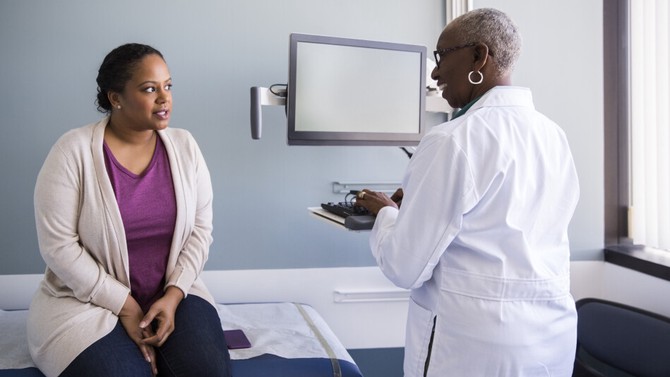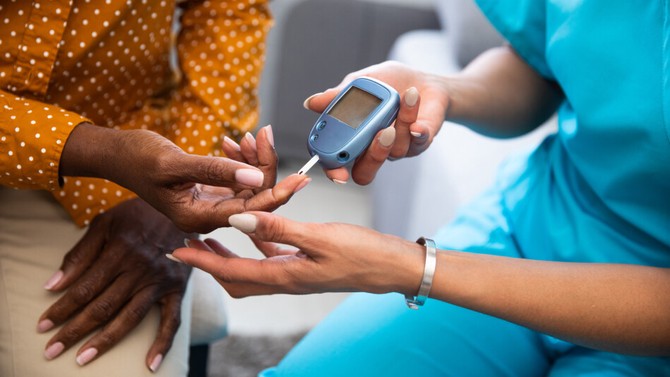5 Must-Follow Rules for Preventing Diabetes
Even if your blood sugar levels are already a little high, these steps can help you stay healthy.
By Joy Pape

Photo: The Good Brigade/Getty Images
Your Diabetes Prevention Plan
You might think a prediabetes diagnosis is a harbinger of certain doom, but it doesn't have to be. It's really a wake-up call, warning you that it's time to make some lifestyle changes if you want to stave off a full-blown chronic disease.
The biggest problem with prediabetes? Many people don't know they have it: Of the 96 million Americans living with the condition, 80% don't even know they have it, either because they haven't been screened or their health care provider hasn't diagnosed or counseled them properly. In this 2016 University of Florida study, only 23 percent of patients whose blood tests came back positive for prediabetes received treatment—this despite the fact that without intervention, the condition is likely to develop into type 2 diabetes within ten years.
The good news is that in this case, forewarned really is forearmed. Prediabetes means your blood glucose levels are higher than normal but not yet high enough to be considered diabetes. Those levels rise slowly over time—so you have the chance to get them under control before it's too late. And the best ways to do that are relatively simple: diet, weight control, and exercise.
Here's what you need to know and do.

Photo: Westend61/Getty Images
Watch for Warning Signs
Prediabetes often has no symptoms, but it may present some of the same, sometimes under-the-radar ones as diabetes, including increased thirst or hunger, frequent urination, blurry vision, fatigue, and tingling in your hands or feet. If you've noticed any of these, talk to a medical professional as soon as possible.

Photo: vitapix/Getty Images
Get Tested
Tests your doctor may give you include the hemoglobin A1C test, which shows your average blood glucose levels over the past 12 weeks (5.7 to 6.4 percent is a red flag), and the fasting glucose test, which measures the glucose in your blood. Normal levels are less than 100 milligrams per deciliter (mg/dL), and the prediabetes hot zone is 100 to 125 mg/dL.

Photo: Luis Alvarez/Getty Images
Slim Down Strategically
Extra fat cells can make your body more resistant to insulin, the hormone that delivers glucose to your cells—which helps explain why you're at an increased risk for developing diabetes if you have a body mass index higher than 25. But you don't have to get down to your fantasy size. Reducing your body weight by just 5 to 7 percent through diet and regular exercise can cut your risk of developing diabetes by more than half, according to a landmark study called the Diabetes Prevention Program. For someone who weighs 200 pounds, that's a loss of only 10 to 14 pounds.

Photo: Nigel O'Neil/Getty Images
Prioritize Protein and Vegetables
Though carbohydrates cause blood sugar and insulin levels to rise, there's no need to cut them out of your diet cold turkey. Instead, start off your meals with protein (like fish, lean meat, tofu) and salad before sampling a bit of pasta or bread. A study out of Weill Cornell Medical College in New York found that eating protein and vegetables before carbohydrates resulted in lower glucose and insulin levels in obese patients with type 2 diabetes.

Photo: FG Trade/Getty Images
Get on the Meal-Planning Bandwagon
You already know you shouldn't shop for food when you're famished, but research has found that when people ordered or planned their meals even just hours in advance, they subconsciously made lower-calorie choices instead of giving in to cravings. Download a meal-planning app, or sign up for a grocery delivery service to help you stay ahead of the game. You can also plan your meals using good old pen and paper. That's a recipe for success.
From the November 2016 issue of O, The Oprah Magazine

